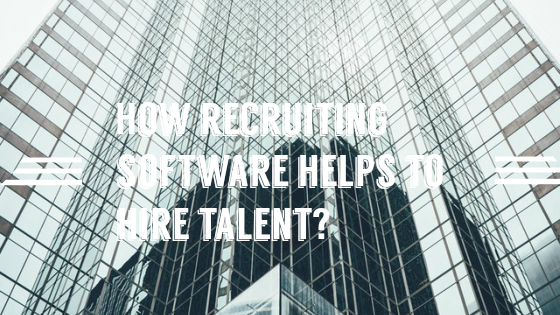
The initial step for talent procurement starts by setting the requirements for the position and preparing job description, then posting it on different sites and the flow continues till onboarding. The entire process is not only time-consuming but incurs great loses for the company. The solution to this problem is purchasing a recruiting software package. If you are new to recruiting software or not well versed with the features even though you own it for a long? Just go through this blog to take full advantage of it.
Identify Company Needs while writing Job Description:
Recruiting starts with the first step of creating a job description for the role based on the organisation objectives and terms. With mounting pressure to hire the right candidate posting job requirement manually on career sites like Monster, social platform, forums etc., can be tedious. Just use hiring software to create a job description meeting the company standards and it automatically posts on job posting sites for employers.
Create a Job Portal:
To accommodate more job seekers companies need to add a job portal on their official website, which we often notice missing. Sourcing tool in the hiring software makes it possible to create a job portal with a tailored form on the company website with relative images. Candidates can be exempted from the dilemma of where to send their resume? When job portals are available on the official website and social platforms.
Even passive candidate own up mobile-optimized forms as it is quite convenient and an advanced feature of recruiting software. Further, it broadens access to active candidates globally and locally to apply for the job.
Adieus to Manual Tasks:
Without recruiting software HR department will be burdened with administrative work of selecting, assessing, shortlisting and forwarding emails to the candidates. It is estimated that 65% of ignored resumes can be justified and on average 71% of the time is saved when the whole process is handled by recruiting tools.
Besides the HR team can collaborate with other departments to rate and review the candidate portfolio. It accelerates the hiring process and gives input on the current status of the talent.
Screen In the Quality Candidates:
With sourcing software, the chances of HR facing a pile of candidates resumes to go through and whom to choose among the millions of resumes is almost close to nil. Before the tool undertakes the work of shortlisting candidates you need to drill down the list of the required qualifications in the candidate as an input into the software.
We encourage you to do the screening in 2 to 3 steps to filter out qualified candidates.
*In the first step state the required Education, Experience, Job centric traits
and Skills.
*In the second step state the mandatory/minimum skills to the recruiting software to further consolidate the candidates.
*Go for the third step state if the filtered resumes are still over 100 add preferred skills to the recruiting software to get the cream of the crop.
And you need not worry about their authenticity since the software goes through hiring history of every job seeker in the large database.
Automated Email Response and Scheduling:
In this aggressive job economy, you need to maintain constant communication with top talent. Use different communication channels in the software like emailing and personalized messaging to keep them interested.
You can now see the list of candidate who responded to your messages and proper indications in the form of labels on the dashboard of the candidate list. Use automated email tool to send bulk emails to the prospective job seekers with details of the scheduled interview.
In total the recruiting software is cost-effective, increases conversion rate, saves time, reduces loses incurred due to ads, empowers HR team, increases quality hires and improves brand value. You can subscribe for any one of the Smoothhiring packages for talent acquisition.
Performance Reports and Scoreboard:
The recruiting tool efficiently projects the talent picture of a particular candidate through the performance history and scores obtained during different tests conducted in the process of interview.
